
A blood blister is a type of blister that forms when there is a leakage from the sub-dermal blood vessels and tissues without the skin being actually pierced. The blood stays trapped in form of a blister and does not leak outside, as it would happen if the skin were pierced or cut.
Blood blisters
Blood blisters contain a mixture of lymph and blood, possibly some white blood cells and other bodily secretions. If the blister is pierced, the fluid that comes out is dark red and usually thick. Sometimes the fluids trapped inside a blood blister are actually cut off from the rest of the body and they eventually dry out.
Causes and prevention of blood blisters
Hands and feet are the parts of the body most likely to develop blood blisters. This is probably because these blisters form as a result of chafing or pinching, for example when handling various tools and instruments. If the skin of the feet and hands is kept firm and dry, it will minimize the risk of separation of different skin layers.
Blood blisters can also be caused by abrasion, in which case it helps to use moleskin to prevent hands and feet. People who use or operate mechanical tools or heavy weights should always use protective gear and be careful.
Blood blisters can also be caused by frostbite, constant rubbing of the skin back and forth and small explosions, for example fireworks, if they are held too close to the body.
Treatment of blood blisters
Blood blisters should not be touched, pressed, pinched or pierced. It is best to leave them alone, to elevate the injured area and to apply cold packs. Elevation will reduce the blood flow to the injured area and cold will relieve the pain and reduce the inflammation.
Some doctors recommend soaking the part of the body with a blood blister in Epsom salt solution. If using bandages, it is necessary to keep them clean and to change them at least once a day. Bandages should not be too tight so they cut off the blood supply to the area, but they should not be too loose either.
If the blood blister is accidentally broken or it bursts by itself, it should be cleaned at once with soap and warm water and disinfected with antiseptic products such as Neosporin or TCP.
Blood blisters that form on feet due to walking require the same treatment as other blood blisters, but the problem is what to do with them if walking cannot be paused, as it happens to soldiers, athletes and such. It is recommended to wait until the first pause and then to run a thin, disinfected cotton thread through the blister. This will allow it to drain and the top of the blister, which is dead skin, will stick to the unexposed tissue, providing temporary protection from infections.


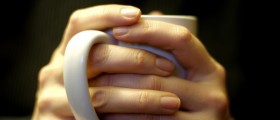
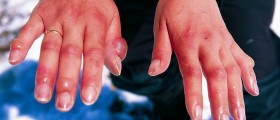
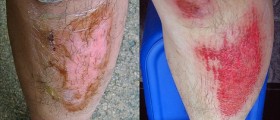

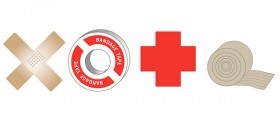
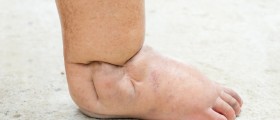
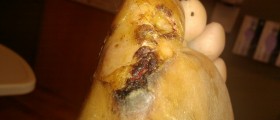
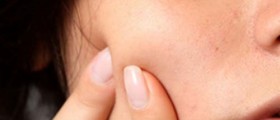
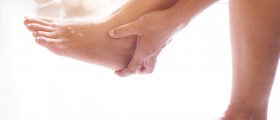
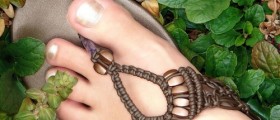
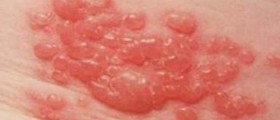
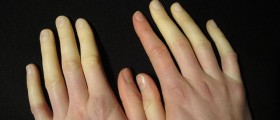
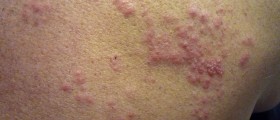


Your thoughts on this
Loading...